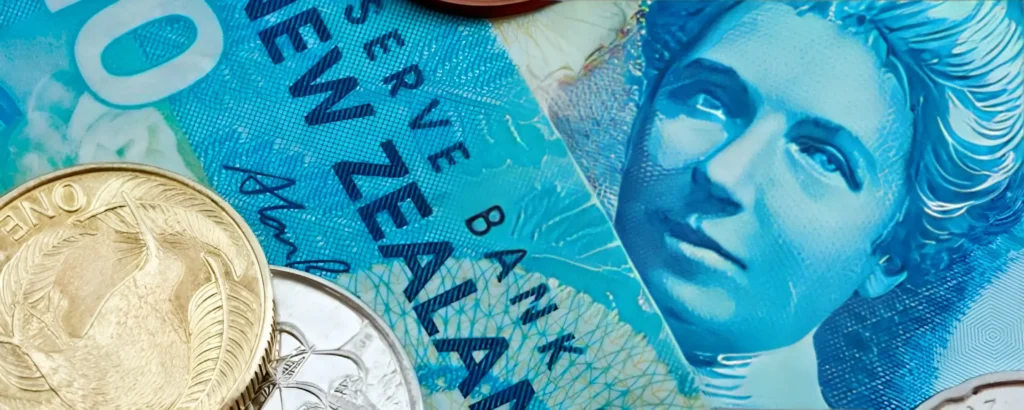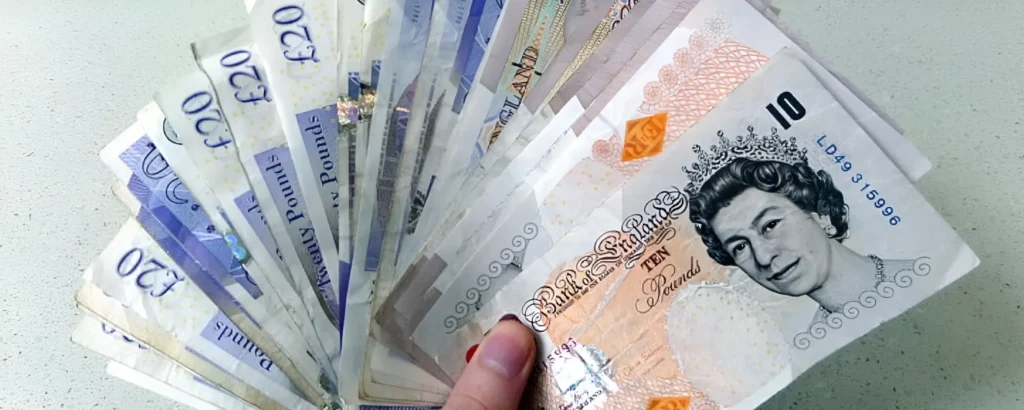When trading currencies, volatility is an important factor to consider. Some currency pairs are inherently more volatile than others, meaning they tend to have larger and more frequent price fluctuations. Volatile currency pairs present greater risks but also greater opportunities. The following are some of the most volatile and actively traded currency pairs on the forex market.
The Australian Dollar Pairs
The AUD currency pairs tend to be among the most volatile due to Australia’s commodity-based economy and close ties to China. The Australian Dollar (AUD) is highly sensitive to shifts in commodity prices, global market sentiment, and economic data from China. This results in large price movements for the AUD/USD, AUD/JPY, and AUD/CHF pairs.
The AUD/USD pair, known as the Aussie dollar, is the most actively traded currency pair involving the Australian dollar. It tends to be highly volatile due to the differences between the two economies. Australia’s economy relies heavily on mining and exports while the U.S. economy is driven more by services and consumption. This pair often sees movements of 100 pips or more in a single trading day.
The AUD/JPY pair is also quite volatile as the Australian and Japanese economies tend to move in opposite directions. When risk appetite rises, the Aussie typically strengthens against the safe-haven Japanese Yen and vice versa. This pair is known for its frequent large movements.
The New Zealand Dollar Pairs

Like its Australian counterpart, the New Zealand Dollar (NZD) tends to be highly correlated with commodity prices and market sentiment. The primary driver of volatility for the NZD/USD and NZD/JPY pairs is economic data and news from China, New Zealand’s largest trading partner.
The NZD/USD pair is often used as a proxy for risk appetite in the global financial system. When investors are in a risk-on mode, demand for higher-yielding assets like the NZD typically rises, pushing the pair higher. However, risk-off events can lead to large sell-offs of the NZD, causing high volatility.
The NZD/JPY pair is similarly volatile, driven by shifts in risk appetite and global growth expectations. The pair often sees large daily moves of 100 pips or more.
The British Pound Pairs

The British Pound (GBP) is another currency prone to bouts of high volatility, especially against the USD, JPY, and EUR. Uncertainty surrounding Brexit has heightened volatility for all GBP pairs in recent years and will likely continue to do so moving forward. The outlook for Brexit negotiations and the future EU-UK relationship remains hugely uncertain, causing sharp swings in GBP valuations.
The GBP/USD pair, known as cable, is the fifth most traded currency pair and can see large intraday moves of over 150 pips on important Brexit-related news. High-impact UK economic data and speeches from Bank of England officials also drive significant volatility for cable.
The EUR/GBP pair is similarly jumpy in response to Brexit headlines. Disappointing Brexit developments tend to weaken the GBP and strengthen the EUR, causing spikes in volatility for this pair.
The Impact of Volatility on Traders and Economies
Volatility in the forex markets affects both active traders and the broader economy in several key ways. For traders, higher levels of volatility present both risks and opportunities. On the one hand, the larger intraday price swings associated with volatile pairs allow traders to potentially earn more from short-term positions. However, volatility also increases the risks of losses from unexpected reversals, false breaks, and wild price spikes. Only traders with a proper risk management plan in place and the skills to distinguish true trends from short-term noise should consider trading volatile currency pairs.
For the overall economy, high currency volatility tends to discourage international trade and investment flows by making exchange rate valuations less certain and predictable. Businesses are less willing to engage in cross-border transactions when currency values are fluctuating sharply daily. Volatility also negatively impacts the tourism industry by making travel costs less stable and increasing exchange rate risks for travel providers. As such, economies with highly volatile currencies tend to experience lower levels of international trade, investment, and tourism activity compared to those with more stable currencies, all else equal. However, macroeconomic stability and the resolution of uncertainty can help reduce currency volatility over time and support a resumption of more normal economic activity.
Choosing the Right Volatility Strategy
For traders seeking to gain from volatility in the currency markets, choosing the appropriate strategy is essential. The key options include momentum trading, range trading, and volatility breakout strategies.
Momentum trading involves jumping into large moves as they are happening and riding the trend. This strategy works best with very volatile currency pairs that tend to have big, lasting price swings. However, momentum can reverse quickly, so traders must have a plan to exit positions promptly if the move stalls.
Range trading strategies seek to earnings from currencies fluctuating within predictable high and low boundaries. Volatile currencies that often bounce between identifiable support and resistance levels are ideal for this approach. Still, traders must have disciplined entry and exit rules to avoid being washed out at the highs or lows of the range.
Volatility breakout strategies involve waiting for a currency pair to break out of its recent trading range and then jumping in, betting that big moves tend to beget bigger moves. This can be an effective approach when volatility is building and a large move is expected. However, breakouts often fail, so traders must have tight stops to limit losses from false breaks.
Conclusion
In summary, the most volatile currency pairs on the forex market tend to be those where one currency is from a commodity-driven economy like Australia or New Zealand. They are also pairs involving currencies prone to bouts of heightened uncertainty, as is currently the case with the British Pound. While volatile currency markets present risks, they also offer experienced traders opportunities for larger gains by capitalizing on intraday price swings. With adequate risk management and a strong fundamental analysis of market drivers, even the most volatile pairs can be navigated successfully.













